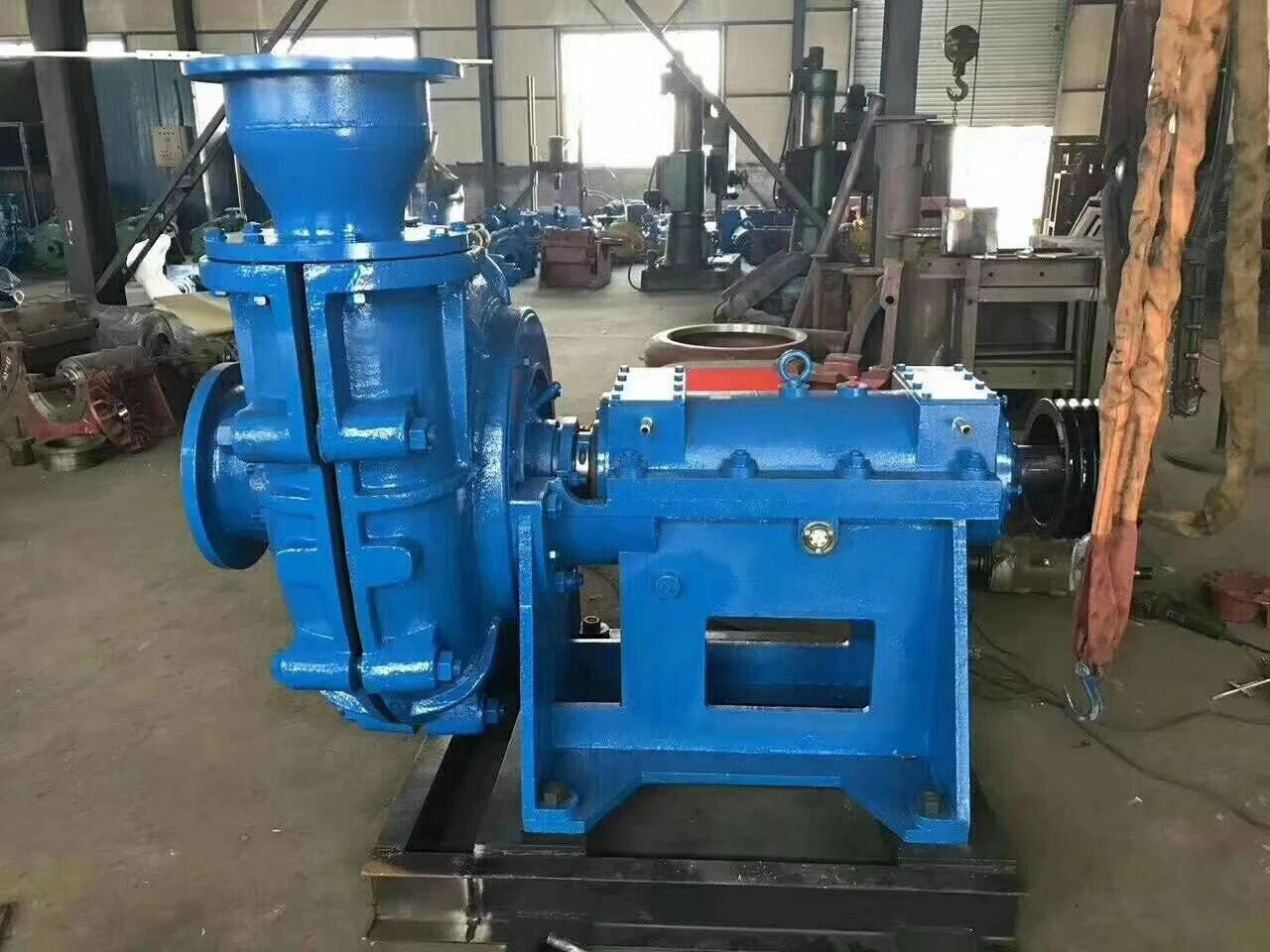English
- Afrikaans
- Albanian
- Amharic
- Arabic
- Armenian
- Azerbaijani
- Basque
- Belarusian
- Bengali
- Bosnian
- Bulgarian
- Catalan
- Cebuano
- Corsican
- Croatian
- Czech
- Danish
- Dutch
- English
- Esperanto
- Estonian
- Finnish
- French
- Frisian
- Galician
- Georgian
- German
- Greek
- Gujarati
- Haitian Creole
- hausa
- hawaiian
- Hebrew
- Hindi
- Miao
- Hungarian
- Icelandic
- igbo
- Indonesian
- irish
- Italian
- Japanese
- Javanese
- Kannada
- kazakh
- Khmer
- Rwandese
- Korean
- Kurdish
- Kyrgyz
- Lao
- Latin
- Latvian
- Lithuanian
- Luxembourgish
- Macedonian
- Malgashi
- Malay
- Malayalam
- Maltese
- Maori
- Marathi
- Mongolian
- Myanmar
- Nepali
- Norwegian
- Norwegian
- Occitan
- Pashto
- Persian
- Polish
- Portuguese
- Punjabi
- Romanian
- Russian
- Samoan
- Scottish Gaelic
- Serbian
- Sesotho
- Shona
- Sindhi
- Sinhala
- Slovak
- Slovenian
- Somali
- Spanish
- Sundanese
- Swahili
- Swedish
- Tagalog
- Tajik
- Tamil
- Tatar
- Telugu
- Thai
- Turkish
- Turkmen
- Ukrainian
- Urdu
- Uighur
- Uzbek
- Vietnamese
- Welsh
- Bantu
- Yiddish
- Yoruba
- Zulu
Telephone: +86 13120555503
Email: frank@cypump.com
Nov . 04, 2024 02:56 Back to list
septic transfer pump
Understanding Septic Transfer Pumps Essential Components for Waste Management
Septic transfer pumps play a crucial role in the effective management of wastewater in residential and commercial settings. Designed to move sewage and wastewater from a septic tank to a drain field or other treatment systems, these pumps are essential for maintaining sanitary conditions and ensuring the proper functioning of septic systems.
What is a Septic Transfer Pump?
A septic transfer pump is a type of submersible pump specifically engineered for wastewater applications. Unlike standard pumps, these devices are built to handle the challenges posed by sewage, including solid waste and various contaminants. They are typically installed within a septic tank and activated when the wastewater reaches a certain level. The pump then efficiently moves the waste material to treatment facilities or to areas where it can be appropriately dispersed.
Functionality and Importance
The primary function of a septic transfer pump is to ensure that waste does not accumulate within the septic tank, which can lead to backups and potentially hazardous overflows. By transferring effluent from the tank at regular intervals, these pumps help keep the system balanced and operating correctly. Efficient waste removal decreases the risk of system failure, which can be costly and detrimental to public health and the environment.
septic transfer pump

Types of Septic Transfer Pumps
There are several types of septic transfer pumps available on the market, including effluent pumps, grinder pumps, and macerating pumps. Effluent pumps are commonly used for moving gray water or partially treated wastewater to drain fields. Grinder pumps, on the other hand, are designed to handle larger solids by grinding them into smaller pieces, facilitating easier transport. Macerating pumps also perform a similar function but are generally used in residential settings.
Maintenance and Longevity
To extend the lifespan of a septic transfer pump, regular maintenance is essential. This includes inspecting the pump for any signs of wear and tear, clearing any clogs that may have formed, and ensuring the electrical components are working properly. Homeowners should also be aware of what materials can be flushed into the system to prevent damage. Avoiding non-biodegradable items, such as plastics and chemicals, is vital for sustaining both the pump and the broader septic system.
Conclusion
In summary, septic transfer pumps are vital components in the management of wastewater systems. They ensure the efficient transfer of sewage and help maintain the integrity of septic systems. By understanding their functionality, types, and maintenance needs, homeowners can better appreciate the importance of these pumps in preserving a healthy and functioning wastewater management system.
-
Heavy-Duty Mining Sludge Pumps - Wear-Resistant Slurry Handling
NewsAug.02,2025
-
Horizontal Split Case Pump with GPT-4 Turbo | High Efficiency
NewsAug.01,2025
-
ISG Series Pipeline Pump - Chi Yuan Pumps | High Efficiency, Durable Design
NewsAug.01,2025
-
Advanced Flue Gas Desulfurization Pump with GPT-4 Turbo | Durable & Efficient
NewsJul.31,2025
-
ISG Series Vertical Pipeline Pump - Chi Yuan Pumps | Advanced Hydraulic Design&Durable Construction
NewsJul.31,2025
-
ISG Series Vertical Pipeline Pump - Chi Yuan Pumps | Energy Efficient & Low Noise
NewsJul.31,2025










